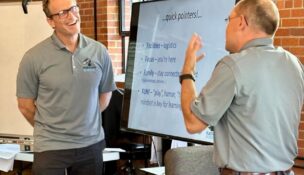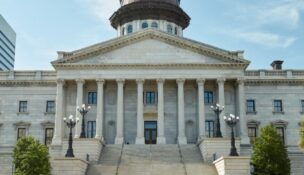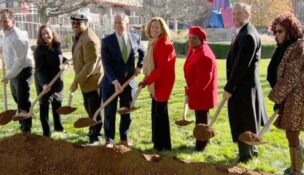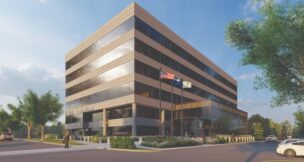Panelists: City growth should be intentional, sustainable
Staff //December 5, 2019//
City growth needs to be intentional and sustainable according to three Upstate mayors who spoke Thursday at the GSA Business Report Power Breakfast on “Handling Growth the Smart Way.”
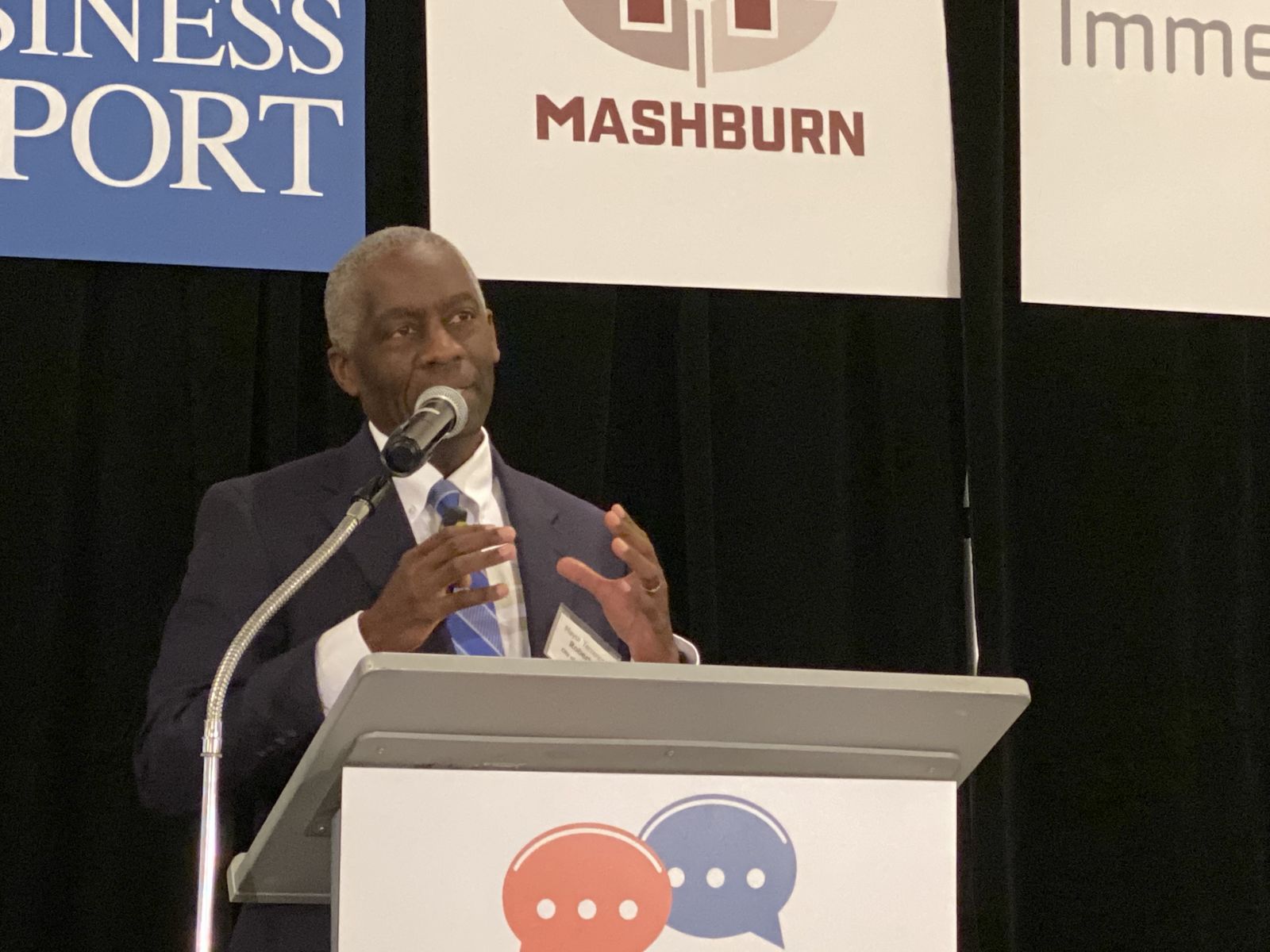 “One thing we intentionally did to make our city a destination was to create a master plan, then implement it,” said Anderson Mayor Terence Roberts. “Our plan is Shock this Block — an innovative approach to a site specific sustainable downtown development that includes original branding, creative placemaking and data-driven decisions.”
“One thing we intentionally did to make our city a destination was to create a master plan, then implement it,” said Anderson Mayor Terence Roberts. “Our plan is Shock this Block — an innovative approach to a site specific sustainable downtown development that includes original branding, creative placemaking and data-driven decisions.”
Roberts cited a new Home2 Suites by Hilton as an effort to make Anderson a destination. Calling it the “biggest development in the history of downtown Anderson,” Roberts said it is an important part of creating a viable central district for business and leisure.
“It fits in with us wanting to be a destination. It creates an area that is more viable for citizens,” Roberts said. “We have a lot of hotels at the interstate that fill up because of Clemson or the lake. This development will pull that traffic off the interstate. When we go to cities we want to be able to go to the hotel, park our car, then enjoy the amenities of the city.”
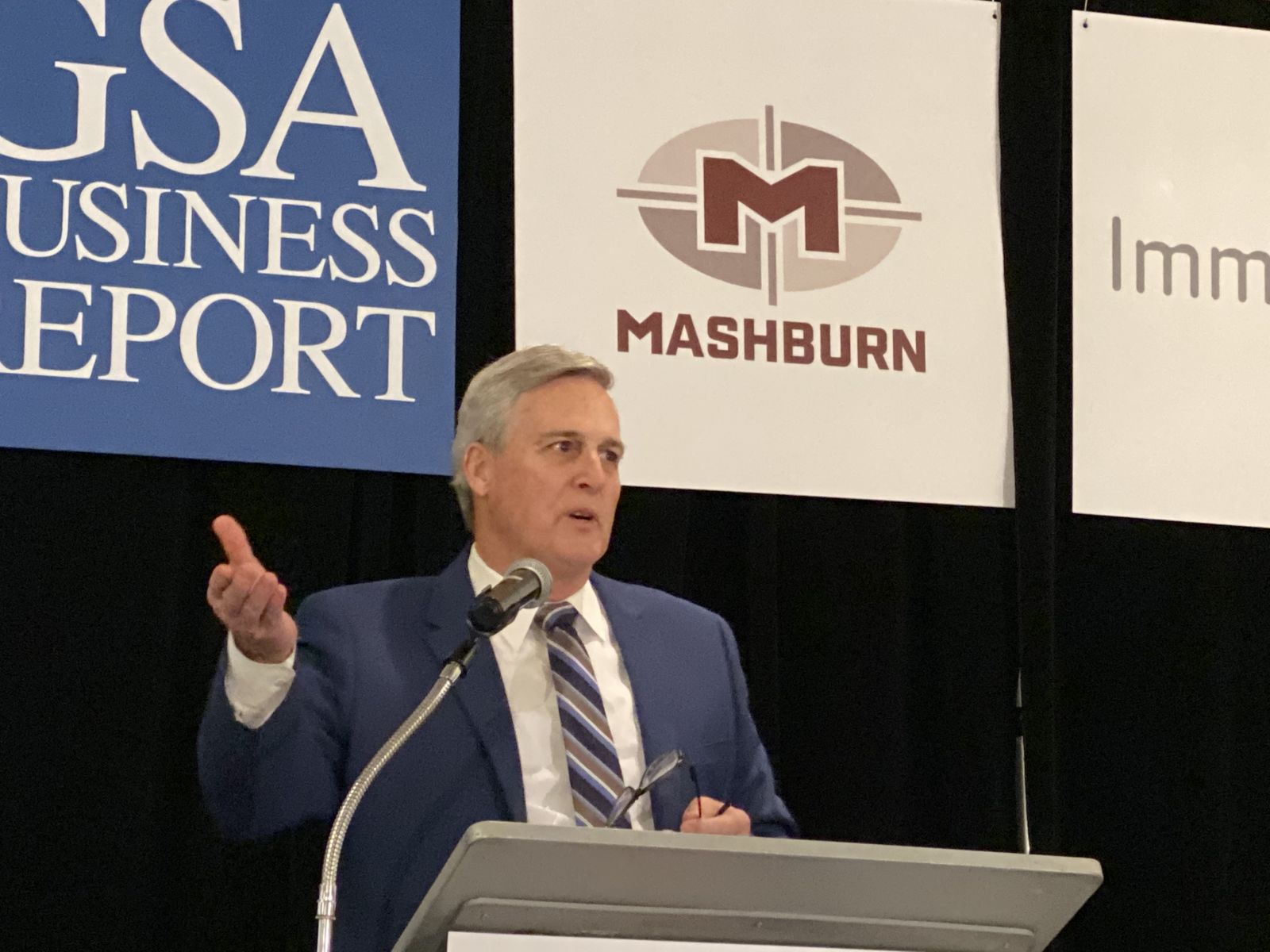 The city of Anderson also is building a new parking garage next to the hotel, he said.
The city of Anderson also is building a new parking garage next to the hotel, he said.
Greer Mayor Rick Danner said sustainable growth has four pillars — industrial growth, residential demand, commercial demand and comprehensive planning.
“The first, industrial growth, includes a lot of different things,” Danner said, highlighting Greer’s large industries like BMW and the Inland Port. “They are all drivers of our local economy, but in this there are also other industries. So it may be that your community doesn’t have a lot of industrial growth, but it may have office space, health care or higher education. The whole idea is this is one of the components that helps a city sustain growth and acts as a job creator.”
Greenville Mayor Knox White cited an old master plan for Greenville when talking about the need to be intentional and sustainable.
 “Greenville has always been good about planning. I keep on my desk the 1907 Greenville plan,” White said. “A group out of Boston came down here in 1907 and did a magnificent plan and it’s really good. It laid out a road map and one thing they said was the city needed to focus on the river.”
“Greenville has always been good about planning. I keep on my desk the 1907 Greenville plan,” White said. “A group out of Boston came down here in 1907 and did a magnificent plan and it’s really good. It laid out a road map and one thing they said was the city needed to focus on the river.”
He said the report also recommended three parks, which would make use of the river. From that report came Cleveland Park, along the Reedy River, in 1910. The plan also called for a park around the waterfalls, though it took the city about a century to create Falls Park.
And the third park is Unity Park, a 60-acre transformational public-private project underway now on the west side of Greenville that will knit together historic downtown neighborhoods.
In addition to the parks making use of the Reedy River, White pointed out the commercial development along the Reedy including Camperdown, which will have a staircase leading to the river; the Grand Bohemian Hotel, at the waterfall; and Riverplace, which includes Embassy Suites.
i








